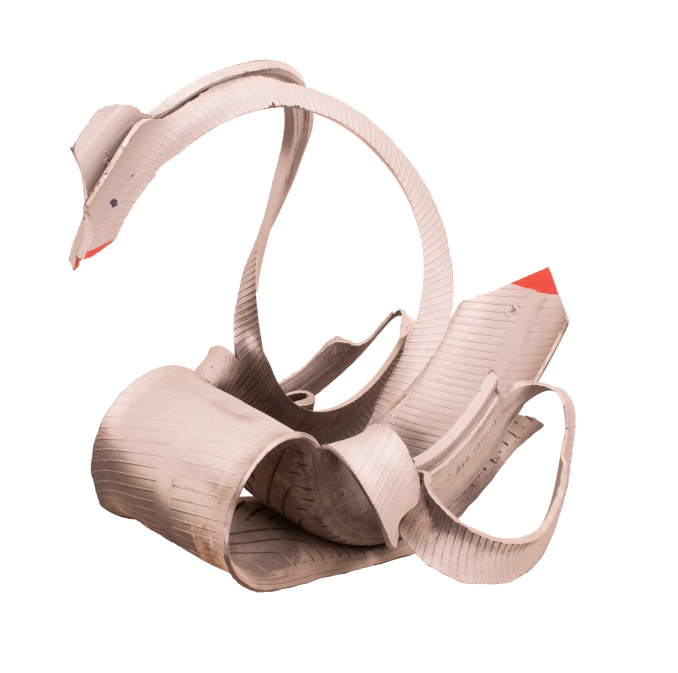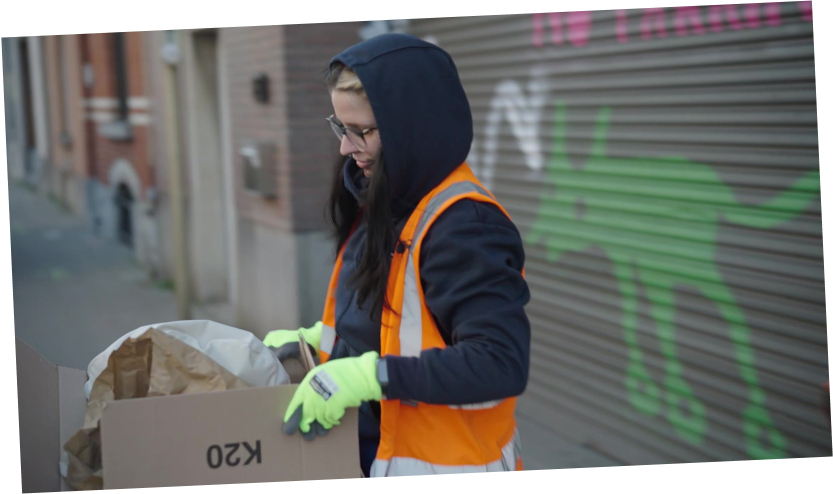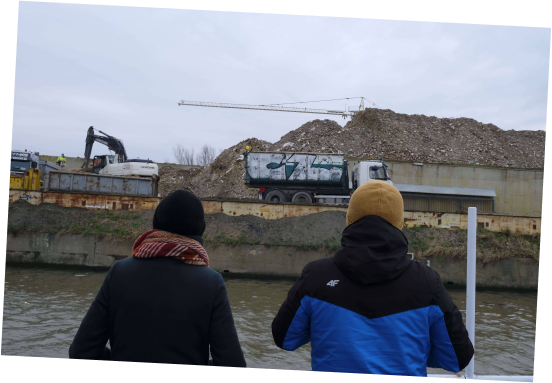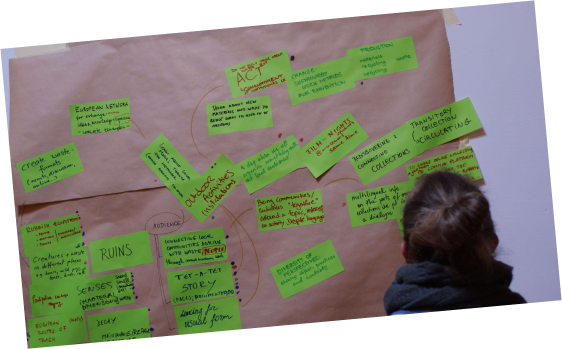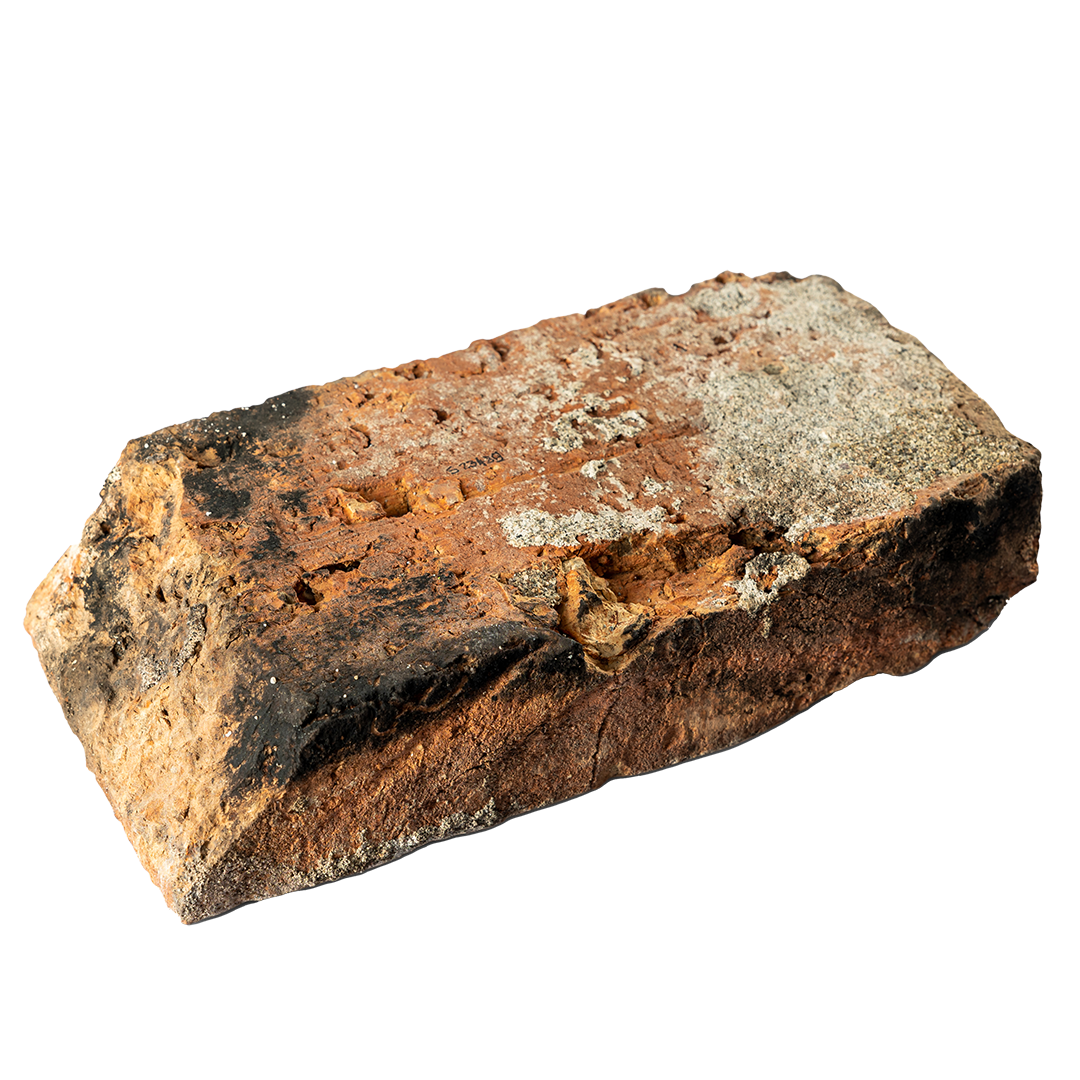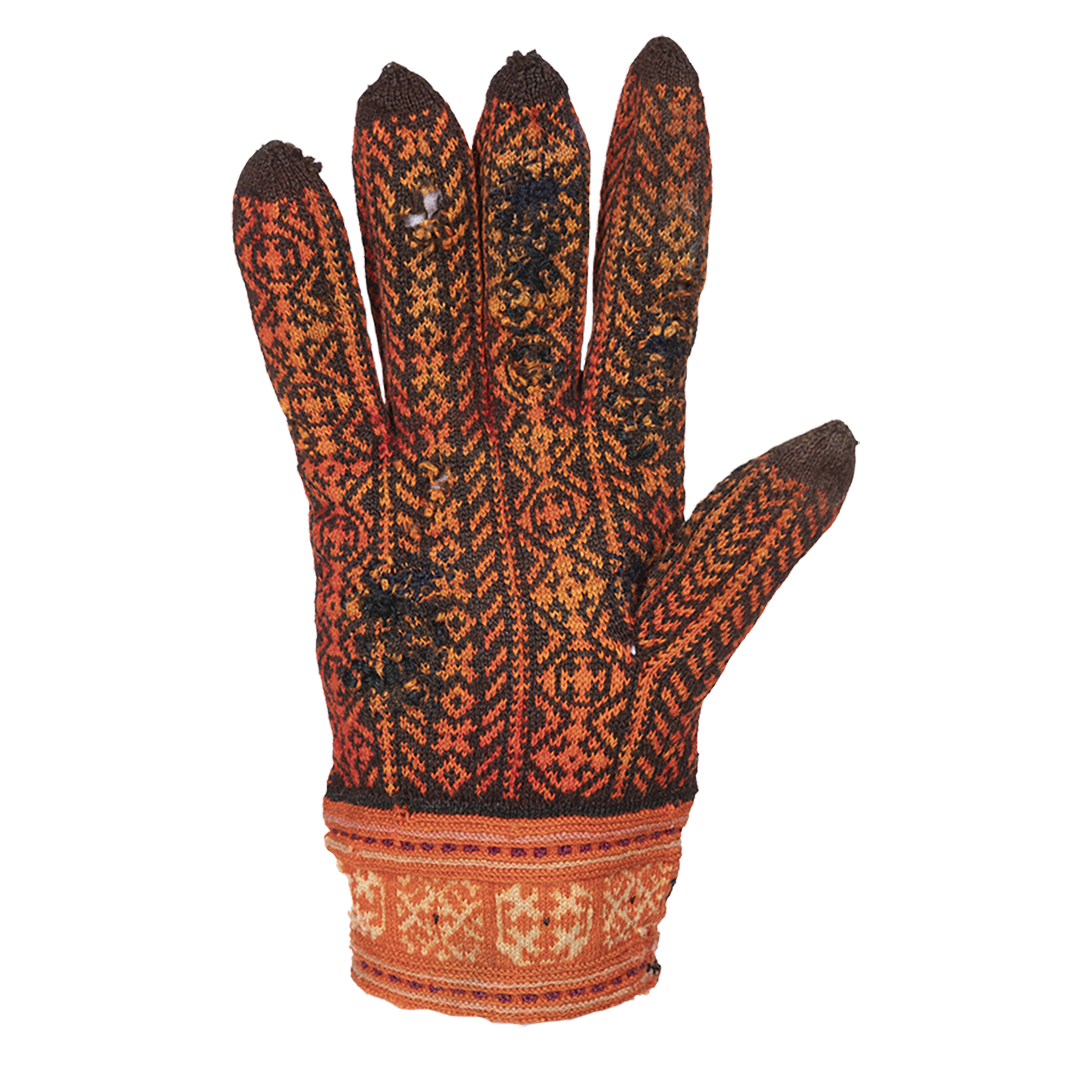Artist/Maker The public trading company First City Mill (Erste Stadtmühle Josef Lenko & Comp.)
Date Production/Creation
1903
Entry in the museum collection
2014
Place of origin
Celje, Slovenia, Europe
Current location
Museum of Recent History Celje, Celje, Slovenia
Material
Fired clay
Dimension
60x135x265 mm
Inventory Number 745:CEL;S-23489
Keyword Cultural heritage Memory Work
Copyright Celje Museum of Recent History
Status In storage
Image Credit Matic Javornik
If the walls could talk… What stories can be told by a worthless old brick?
What is this object about, who are the people behind it?
The brick is from the demolished Rakusch Mill building. This was the first mill in Celje, where cereals were milled using steam power. The mill was built in 1903 and operated until 1935. After it shut down, the building was used to store heavy iron for the Rakusch trading company. The imposing brick structure of the Rakusch Mill was one of the most recognisable buildings in Celje. For over a century it stood as a gateway to the city. From 2002 the abandoned mill was protected as a monument of local importance, but a fire that engulfed the building in 2014 sealed its fate.
What places is this object related to, how European/transnational is it?
Rakusch Mill stood next to the railway line, which meant the owners could bring in low-price grain from other parts of Yugoslavia and so keep down the price of flour. The mill was part of the Rakusch wholesale trading company, which already at the time of the Austro-Hungarian Empire was one of the biggest such companies in this part of Europe, doing business in seven languages. During the time of the Kingdom of Yugoslavia, it shifted its business focus to the Balkans.
Why and how did this object arrive in the museum’s collection?
In the eyes of the townspeople, the Rakusch Mill has undergone many changes over the years, from being a symbol of industrial pride at its peak to the abandoned and neglected building it had become in recent decades. In November 2014, the derelict building caught fire. It was so seriously damaged that the municipality of Celje decided not to restore it but instead demolished it that same year. With the help of Slovenia’s Institute for the Protection of Cultural Heritage, some of the brickwork was retrieved by the Museum of Recent History Celje to be preserved for future generations as a potent symbol.
What is the relation of this object to waste?
The Rakusch Mill was a cultural monument of local importance, but after the building was devastated by fire the remains held no value. The brick which the Museum of Recent History Celje keeps in its collection could easily have ended up in a rubbish dump along with the rest of the ruins of the mill. Instead, as part of a museum collection its value is preserved as a piece of cultural heritage. Its power lies not only in its historical value as an integral part of one of the most important industrial buildings in Celje, but also in the way it bears witness to the cultural heritage and the fate of a cultural monument which ended up as scrap as a result of inadequate maintenance.

